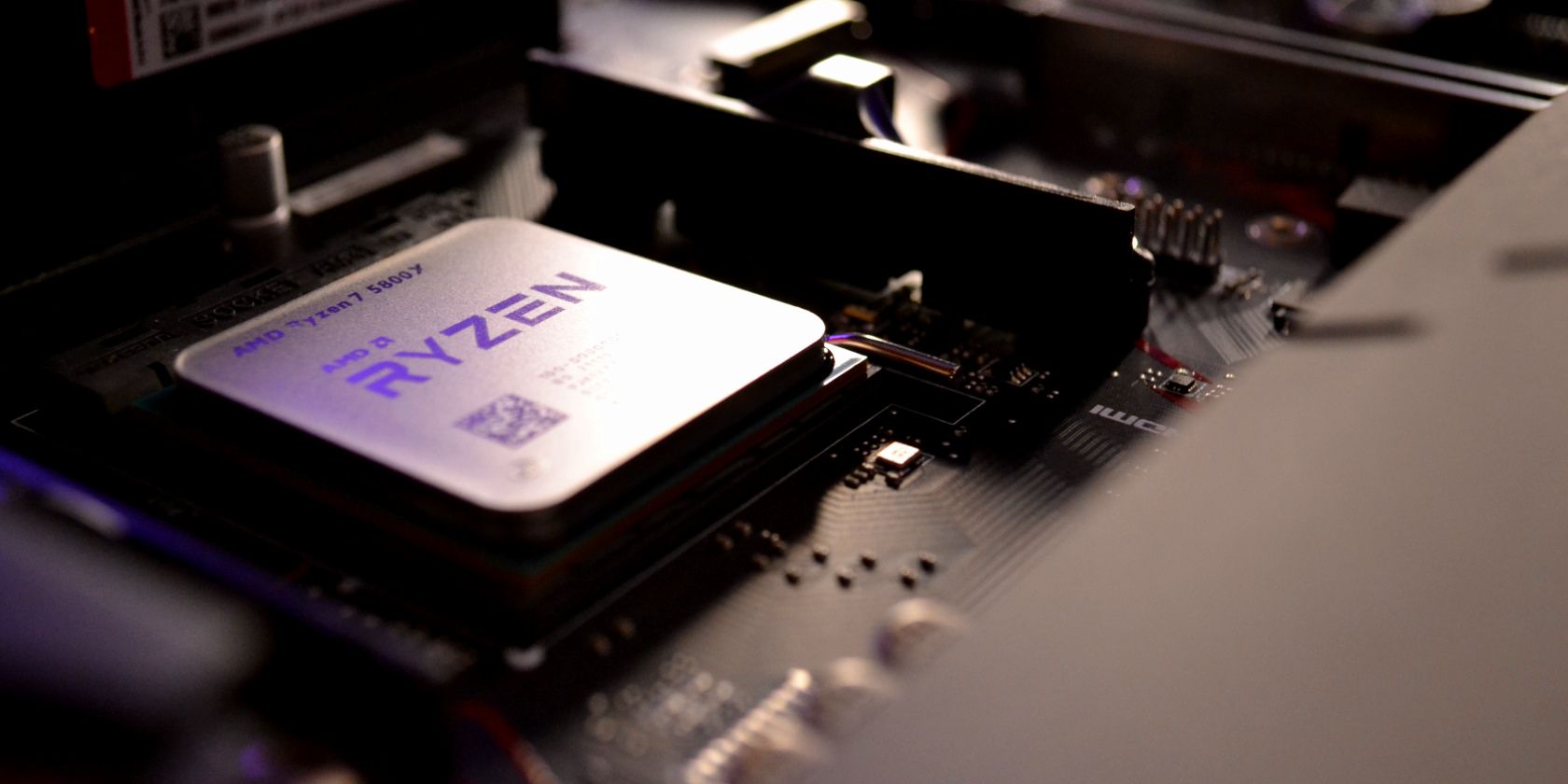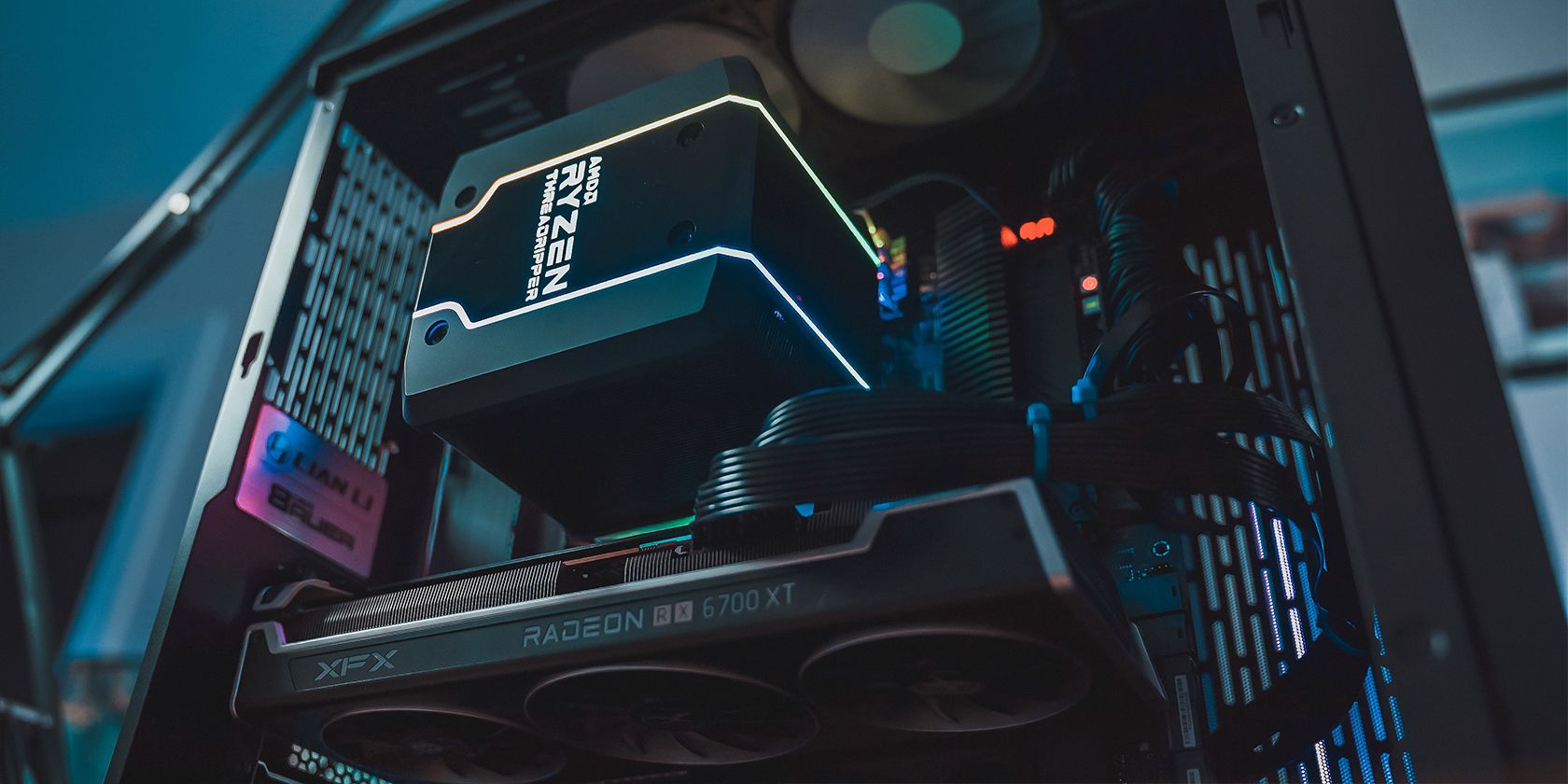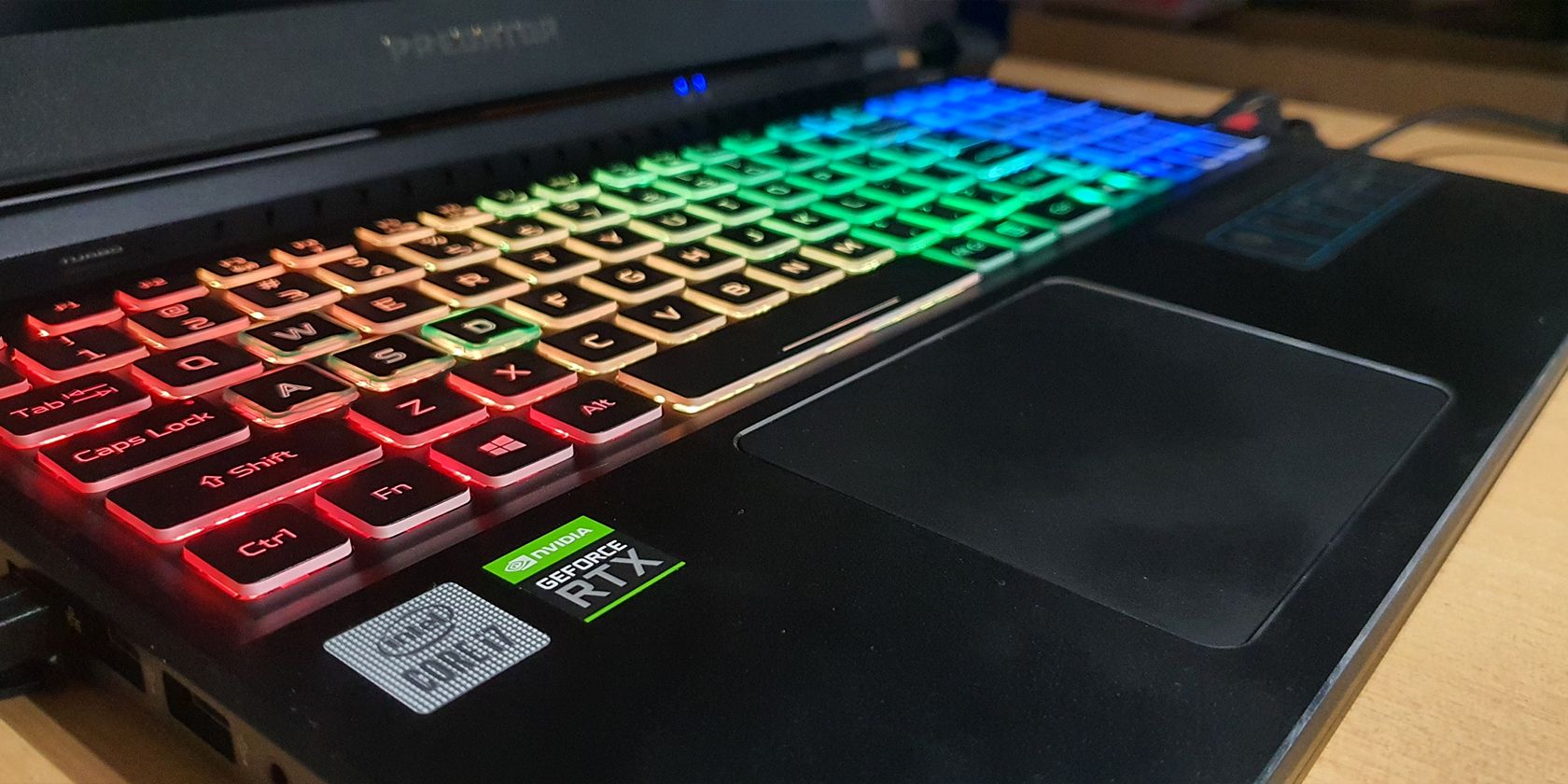If you’re picking between a desktop computer and a laptop, you’re probably comparing their specifications, checking to see if they have similar chips. However, even if both the desktop and laptop you’re looking to run an Intel i7 chip paired with an NVIDIA RTX 3070 Ti, you’ll find that their performance varies significantly.
But why is that so? Why does an Intel Core i7 on a gaming laptop not perform as well as an Intel Core i7 on a desktop PC? Let’s take a look at why this performance discrepancy is happening.
1. Variants in the Chip Model Line
If you’re picking a processor, the chip models are probably the most significant differences between your options. For example, if you want an AMD-powered computer, you’re probably considering between Ryzen 5, Ryzen 7, and Ryzen 9.
However, even if you’ve settled on a system running a Ryzen 7 chip, there are still many different options under it. For starters, there’s the generation—of which the 5000 series is the latest available in July 2022.
Even if you look at just the desktop models without integrated graphics for the Ryzen 7 5000 chip model and generation, you have four options—the Ryzen 7 5700X, Ryzen 5800, Ryzen 5800X, and Ryzen 7 5800X3D. If you include Ryzen 7 5000 APUs in your options, you get two additional options. That leaves a total of six Ryzen 7 5000 processors for desktop PCs.
But if you look at AMD’s Ryzen 7 5000 offerings for laptops and other mobile devices, you get an additional six models. That leaves a total of 12 Ryzen 7 5000 chips. Moreover, it doesn’t even include the options you get if you add Ryzen 5 and Ryzen 9 chips into the mix.
Now, let’s compare the specifications of two Ryzen 7 5000 processors: the Ryzen 7 5800 for desktop CPUs and the Ryzen 7 5800H for laptops. Both processors launched in January 2021 and are rated for enthusiasts.
| Ryzen 7 5800 | Ryzen 7 5800H | ||
| Process Node | 7nm | 7nm | |
| Architecture | Zen 3 | Zen 3 | |
| Cores (Threads) | 8 (16) | 8 (16) | |
| Core Configuration | 1 x 8 | 1 x 8 | |
| Clock Rate (GHz) | base | 3.4 | 3.2 |
| boost | 4.6 | 4.4 | |
| Cache | L1 | 64 KB per core | 64 KB per core |
| L2 | 512 KB per core | 512 KB per core | |
| L3 | 32 MB | 16 MB | |
| Socket | AM4 | FP6 | |
| PCIe Lanes | 24 | 16 | |
| Memory Support | DDR4-3200 | DDR4-3200 | |
| TDP | 65W | 35-54W | |
Given that data, you’ll see that both chips are almost equivalent, except for the 5800H’s smaller L3 cache and fewer PCIe lanes. They also have different sockets, which is understandable, given that the 5800 is made for desktop motherboards while the 5800H is made to be baked into laptops.
However, the most significant difference between the two is in their TDPs. The Ryzen 7 5800 is rated for 65 watts, while the 5800H starts at 35 watts, less than half of the former. Even at its top rating of 54 watts, it’s still significantly less than the desktop CPU.
2. Desktop and Laptop Power Requirements
AMD (and Intel) reduce the TDP of its laptop chips compared to similarly-specced desktop chips because of cooling. When you have a desktop PC, space is generally not an issue. That’s because users have many PC case sizes to choose from. Furthermore, even the smallest SFF cases deliver bigger space than the largest laptops.
The abundance of space you find in PC cases means there’s ample airflow to cool down components. And if you plan to fully kit out your PC build, you can install custom water cooling solutions to ensure optimal performance from all your parts.
However, space is a luxury in laptops. Since these devices are designed for portability, manufacturers must keep their components smaller and much closer together. If they can’t put beefy cooling solutions, their only recourse is to reduce the power consumption of the chips they use, thus reducing their relative performance.
Furthermore, the components confined within the small space of a laptop case means there’s less airflow inside, reducing the computer’s cooling performance. And it’s not just the processor spewing heat inside a laptop. If it has a dedicated GPU, it generates a lot of heat inside the laptop, too.
This is why laptop GPUs have less power than their desktop counterparts. So, if you’re buying a laptop with a Radeon RX 6800M graphics card, don’t expect it to perform as well as a Radeon RX 6800 desktop GPU.
3. Different Power Capacities Between Laptops
While desktop computers have a power advantage over laptops, the former still cannot beat the latter in portability. But even laptops with the exact specifications can vary in performance. That’s because a manufacturer can tweak a laptop’s processor so it’ll match the power supply that comes with it. After all, you wouldn’t want a laptop that can’t recharge itself when you’re using it.
Returning to our example, you might have noticed that the 5800H’s TDP varies from 35 to 54 watts. If you buy an ultralight laptop that recharges via a USB-C port, its processor’s TDP might be constrained to 35 watts. That ensures that it will never consume more energy than the laptop’s small charger can provide.
However, since gaming computers put performance over portability, manufacturers generally max out the performance of the processors they install in these models. But with the increased performance comes increased power consumption; that’s why most of these laptops have beefy charging bricks that could weigh more than the device itself.
For this reason, you’ll find two different laptops that sport the same processor model with a wild difference in performance.
Research Your Hardware Before Making a Choice
Whether you’re speccing out a desktop computer or choosing your next portable device, you should always check out actual performance numbers before choosing a processor or GPU. Likewise, if you’re building a desktop CPU, you should check benchmark results to see which option offers the best bang for the buck.
But if you’re buying a laptop, it’s best to check out reviewer feedback that shows detailed results before picking a model. And if you’re comparing two or more models, try to find reviews from the same reviewer. That’s because they’re more likely to have the same testing methodology, thus giving you consistent results. After all, specifications on paper sometimes do not show the real thing.


